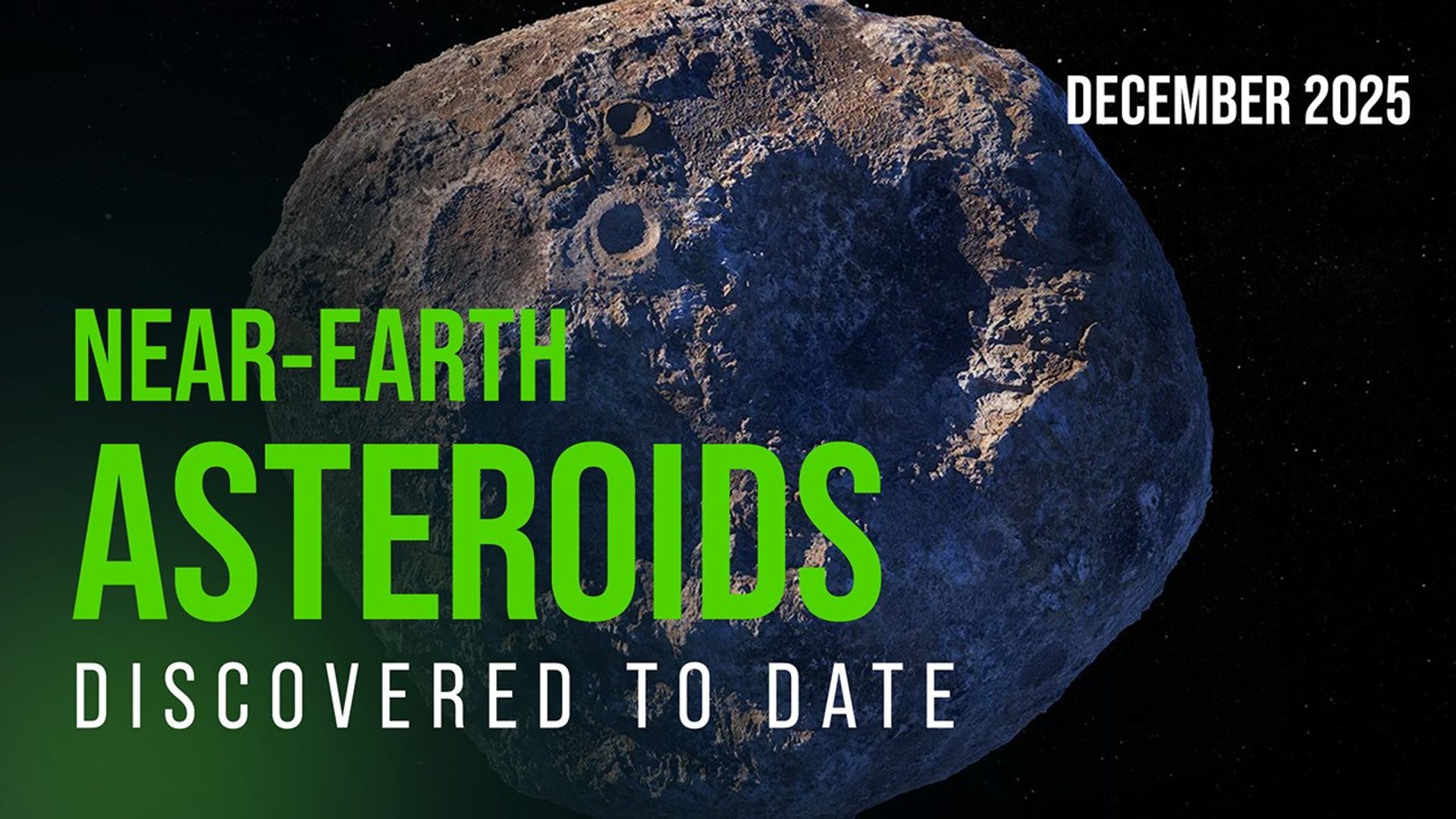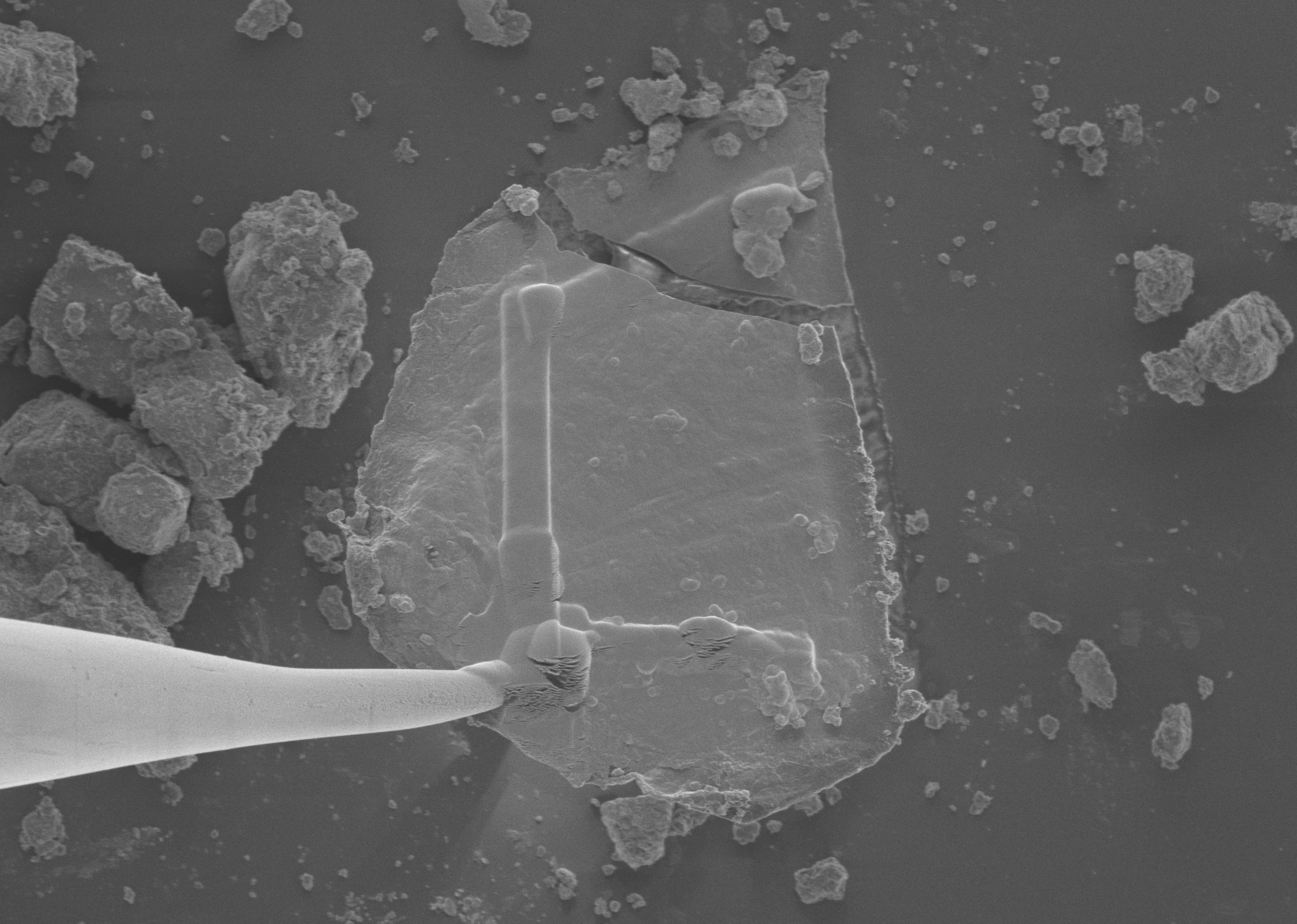When sea-faring nations began to explore new regions of the world, one of their biggest concerns in making the journey safely was how to cope with weather. They could harness the wind for power. They could rely on the Sun and the stars for navigation. They could build sturdy ships. But if a storm rose suddenly, they were at nature’s mercy.
More than five centuries later, our nation is once again on the cusp of exploring new worlds. And once again, one of our concerns about traveling long distances is the weather. Space weather.
While space is a vacuum – it’s not 100% empty. Particles, energy and magnetic fields travel through the void. Much of these emanate from the Sun’s corona, as part of a constant outward flow known as the solar wind -- which stretches well beyond the orbit of Neptune. There are also high energy particles or cosmic rays in the mix, which travel vast distances from dying stars or supernovae. Earth’s magnetic field and relatively thick atmosphere act as a shield against the most harmful forms of this radiation, but in space there is no such deterrent.
If we want to travel though this space, we need ways to protect our astronauts. These particles can affect our technology, tripping onboard electronics.
Dr. Yari Collado-Vega, Space Weather Scientist at NASA’s Goddard Space Flight Center notes, “We are working hard to forecast when these particles will be at their peak, such as during solar flares or coronal mass ejections.”
Acute exposure to these solar energetic particles is a serious concern for astronauts and instruments. Therefore, having a better understanding of when to expect solar activity is important for safely sending our astronauts and spacecraft through space. Ironically, such space weather activity can actually protect against another threat to astronauts: The Sun's activity can block dangerous cosmic rays coming from other stars, which are constantly present – illustrating the complexity of the system NASA tries to understand and mitigate for our space travelers.
Over time, sea captains learned when to sail their ships and when to stay in harbor, based on their accumulated knowledge of the weather. It’s more risky to be on the water in the Caribbean during hurricane season, and you’d want to consider avoiding the Northeast coast of America during the height of winter.
Dr. Collado-Vega says, “It’s very similar to what we’re doing today. We’re constantly developing and testing new models to predict space weather. And we’re constantly seeking new data to refine those models.”
A host of heliophysics missions observe space from a variety of vantage points, not unlike terrestrial weather sensors, which work in tandem to paint a bigger picture of our space environment. In August 2018, NASA launched the Parker Solar Probe to help us better understand the Sun’s activity, especially what drives the solar wind, and how energetic particles get accelerated. This data could be used to improve models of space weather forecasting – ultimately helping us find new and better ways to shield our spacecraft and protect our astronauts.
Whether it was the oceans ancient ships traveled through or the space we will one day travel through, we know this: keeping a watchful eye on the environment around us is key to ensuring safe passage.
For more information about what matter’s in space, visit science.nasa.gov.
































